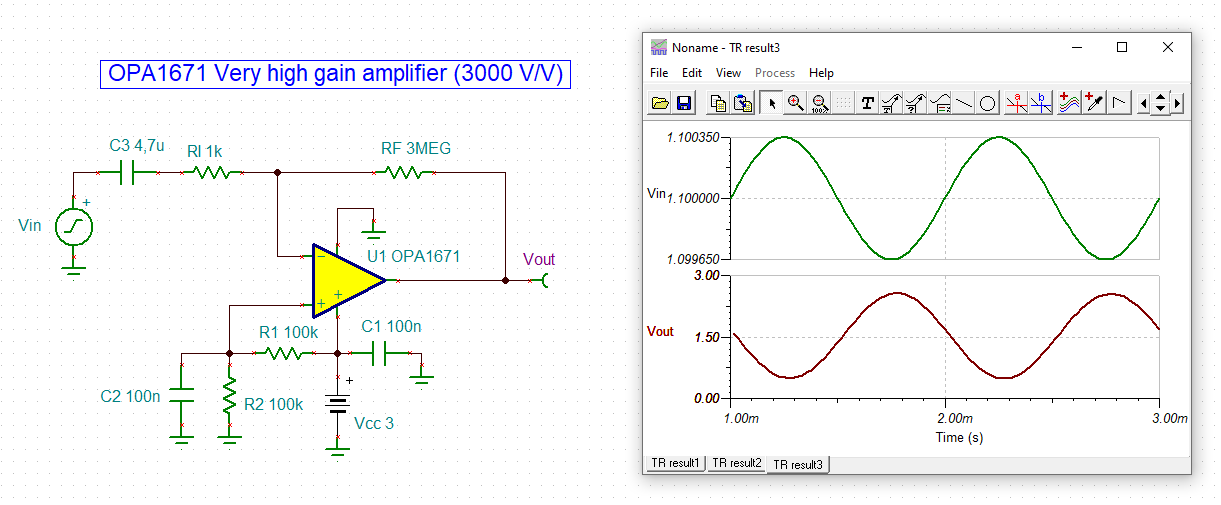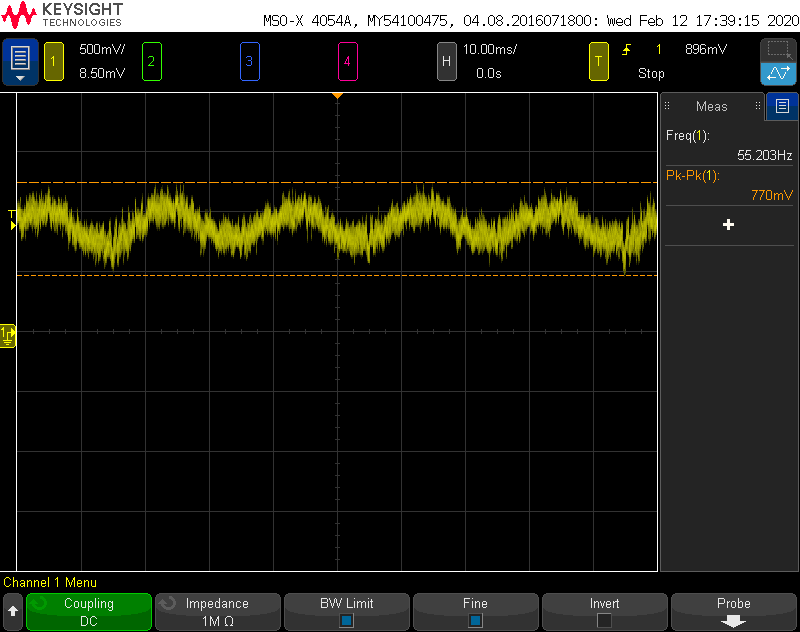Dear Team,
I will be designing a MEMS Microphone Preamplifier for one of my project. Microphone from Knowles will be used (Please find the attached schematic).
 Analog_Kaskade_spv1840lr5h-b-revd.pdfThey have given a reference schematic in that O/P of the Microphone is connected to DC blocking capacitor.
Analog_Kaskade_spv1840lr5h-b-revd.pdfThey have given a reference schematic in that O/P of the Microphone is connected to DC blocking capacitor.
May I know how to select the capacitor, its vale and voltage rating?
also please suggest some opamp from ti for this application
Regards
Hari











